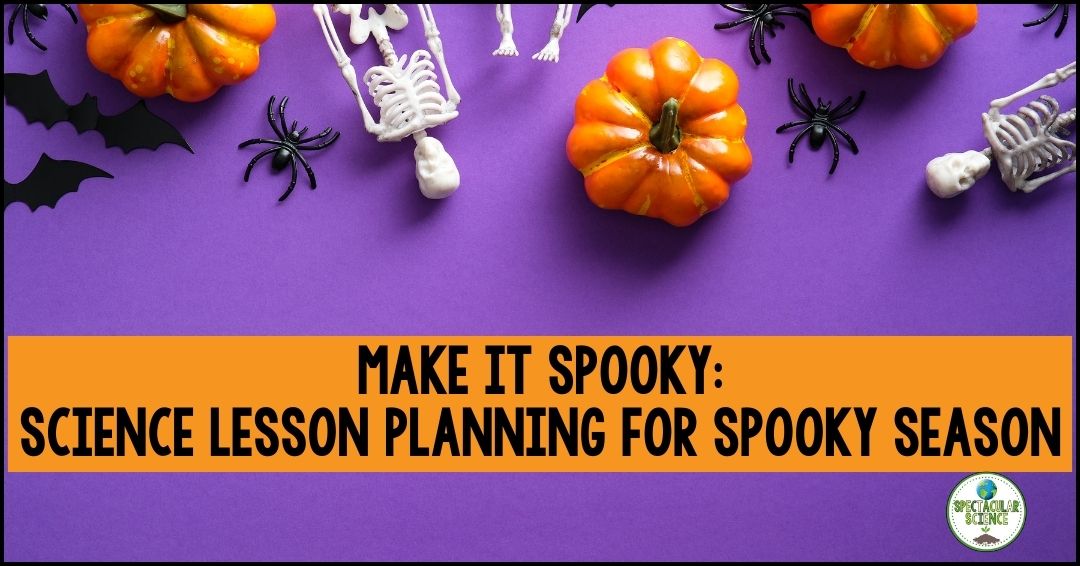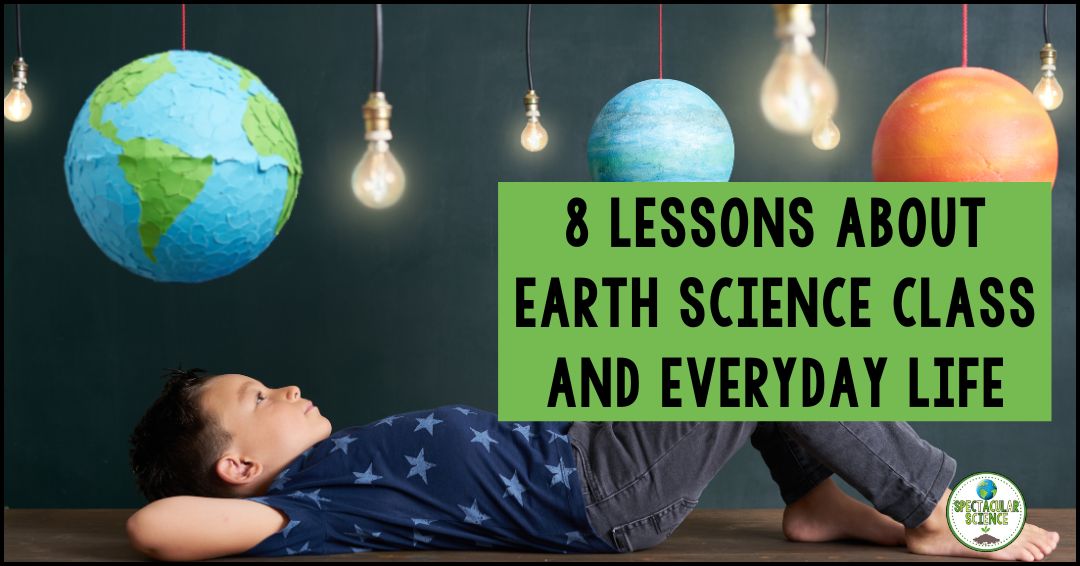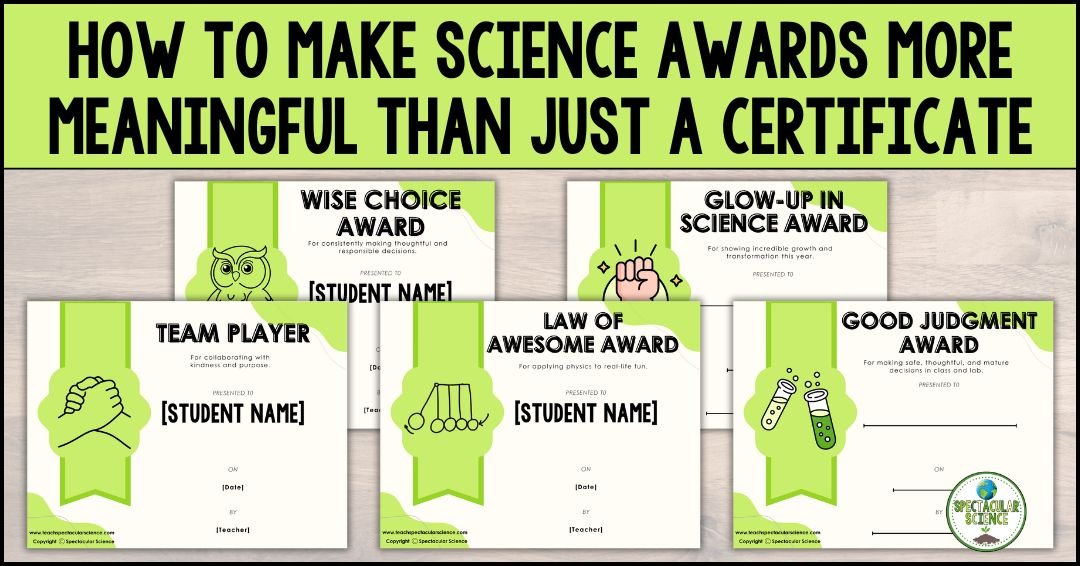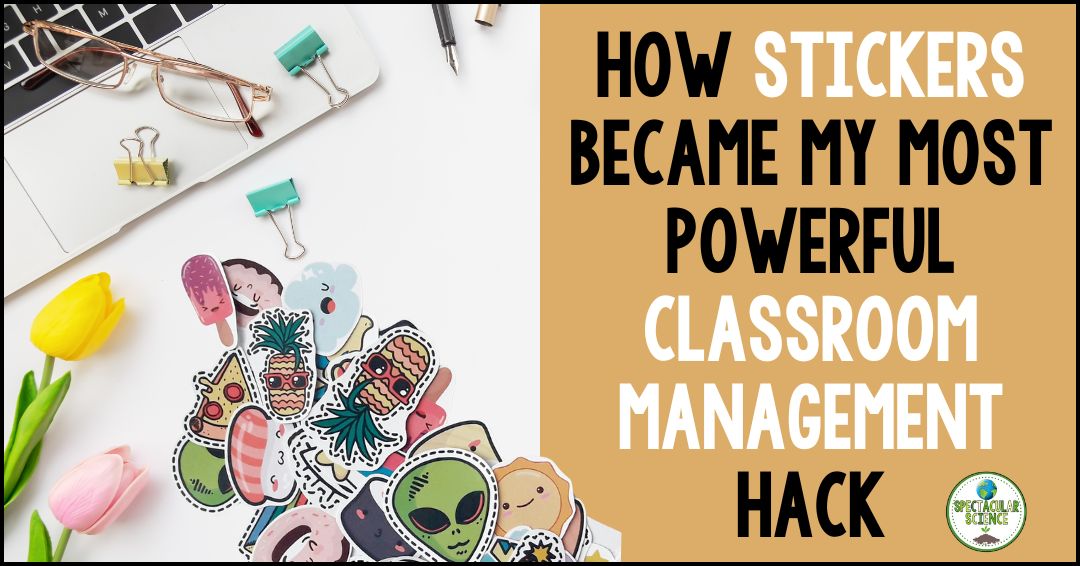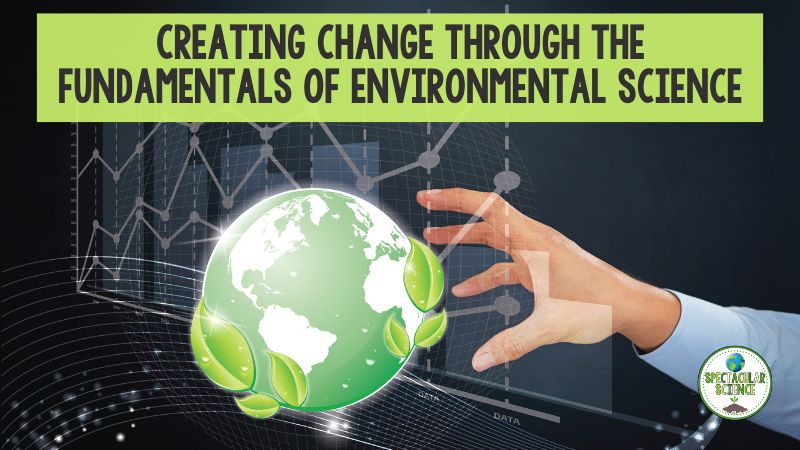
We know that teachers can have a profound effect on students. This includes ways to support and inspire students as they decide on their future goals and set about achieving them. The coursework students complete in any number of classes can be this starting point.
This is why I love to teach Environmental Science! Whether students in the course will become the next Greta Thunberg or not, inspiring them to expand their knowledge of the world and empowering them to make change in the future is a definite win.
So, what exactly is Environmental Science?
Environmental Science is a hands-on journey through our planet’s complex systems, designed to help students make informed decisions about how we protect and use our environment. From tackling land use issues to understanding environmental health and sustainability, students dive deep into real-world challenges through field studies and hands-on investigations.

6 Fundamentals for Environmental Science
Environmental Science opens up a world of exploration right in your classroom. Whether you’re introducing this course for the first time or revitalizing your existing curriculum, it’s filled with opportunities for hands-on learning. To help you navigate these exciting possibilities, here are six essential fundamentals to guide you in creating a vibrant and impactful Environmental Science curriculum.
You should also check out this post about how to map out a full year curriculum for Earth and Space Science since the ideas are adaptable for curriculum planning in nearly any science course.
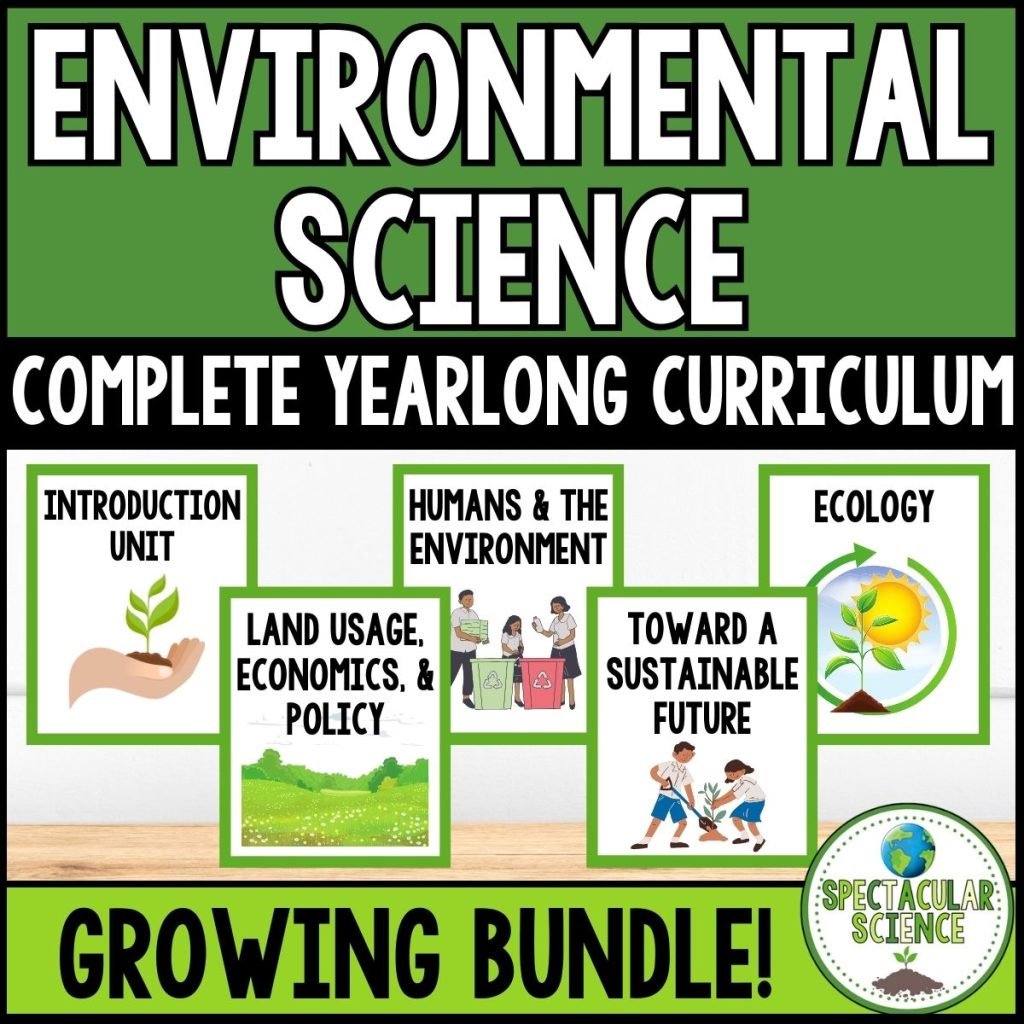
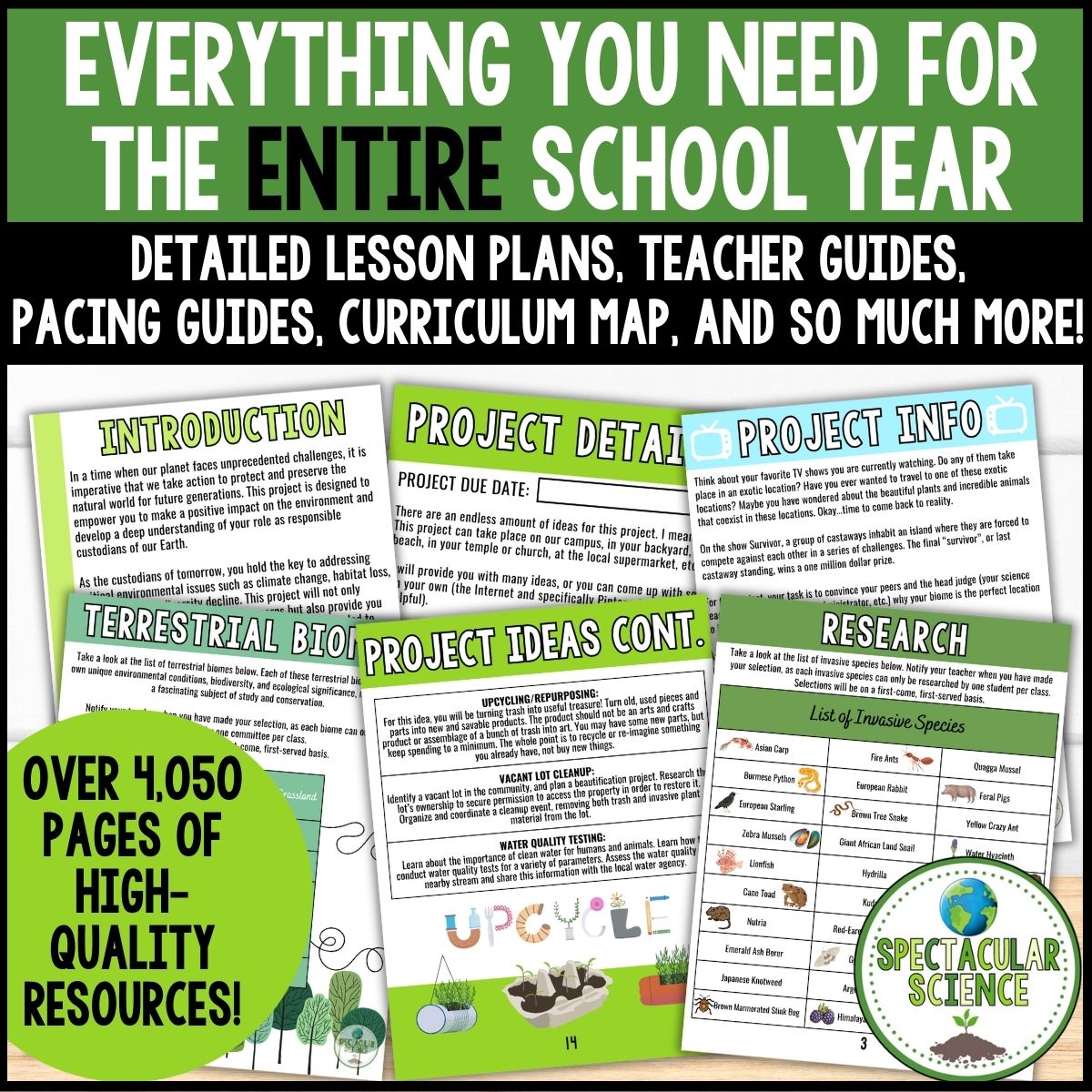
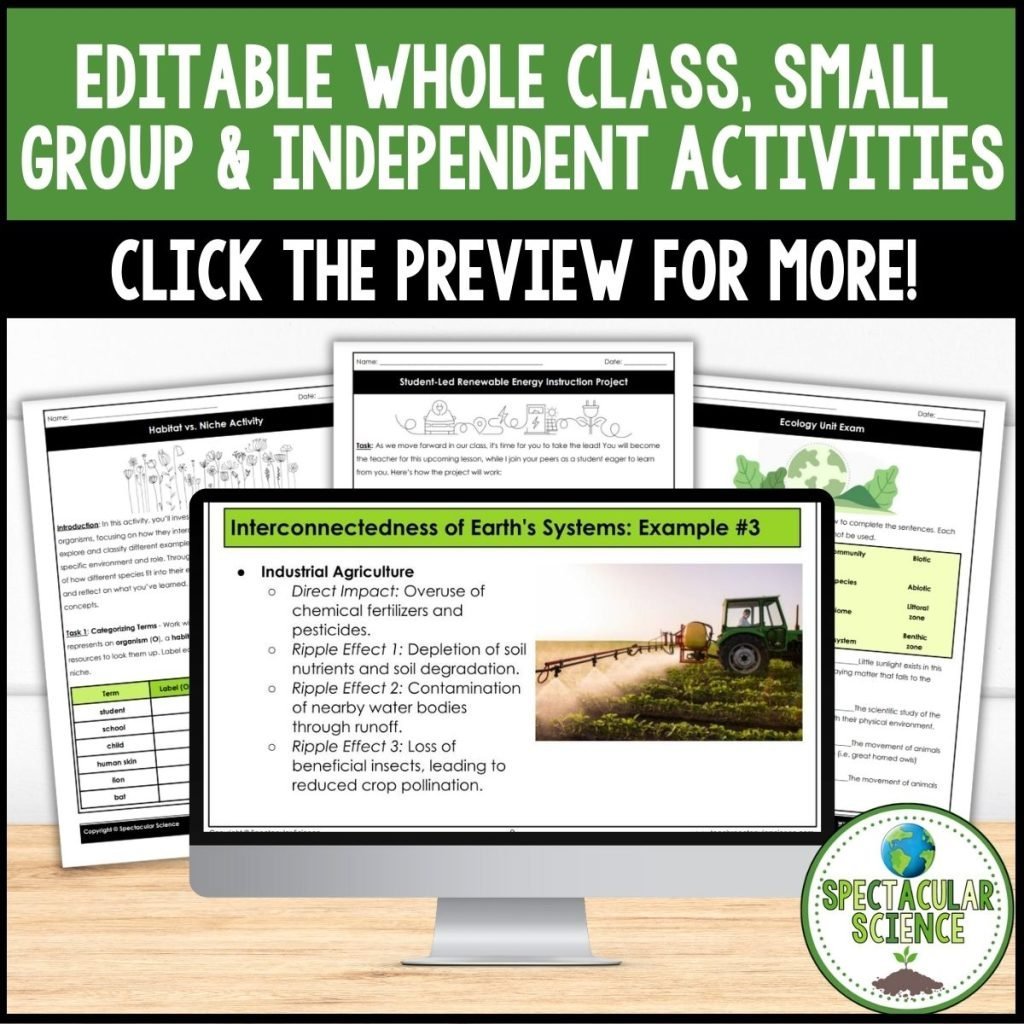
- Environmental Stewardship – This is one of the core philosophies of the course; it is integrated into parts big and small in this full-year curriculum for Envi Sci. Throughout every unit there are opportunities for students to complete hands-on labs and research that get them to uncover ways they can work to care for the environment around them and across the world. The activities are designed to help motivate youth to engage in environmental stewardship. A better understanding of the world leads to more personal responsibility and inevitably personal action.
- Scientific Knowledge and Skills – Envi Sci is a science course that I use most often with 11th and 12th grade college prep students. They often arrive with some core skills but this class enhances those lab and research skills and expands on previous knowledge they might have of ecology, biology, and more!
Environmental Science empowers students from diverse backgrounds with scientific knowledge and skills to make informed decisions as citizens of our common home. It is a vital undertaking and a key responsibility for science educators to support students in their examination of our world. To that end, including activities that are differentiated and offer choice to students is key!
- Critical and Creative Thinking – Environmental Science is an ideal course for students to be interpreting data and playing out scenarios in order to make informed decisions. These soft skills will serve students in and beyond the classroom. In different activities such as the Ecological Footprint Unit, students assess data and seek creative solutions based on this data.
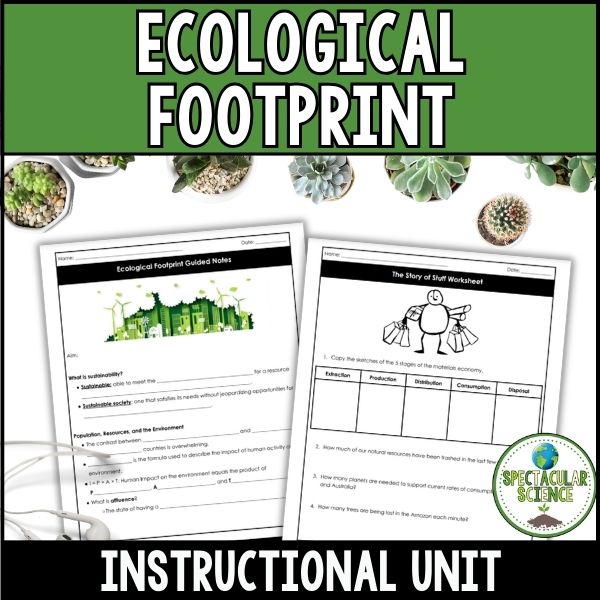
- Assess Environmental Change and Impact – Our natural environment has changed dramatically over the past 4.6 billion years and will continue to change. We are a part of this environmental change and have both direct and indirect impacts on how quickly our environment is changing. When students complete a series of lessons focused on environmental health they investigate the concept of environmental health, how chemicals in our environment affect our health, and how an outbreak of specific diseases can begin and then spread. Understanding the past can help students better navigate the future!
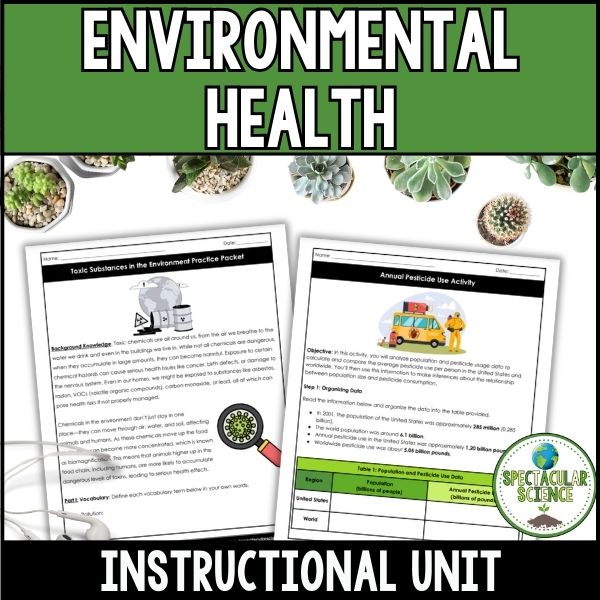
- Understand Environmental Laws and Policies – Another underlying component to Envi Sci is examining environmental laws and policies to better understand the ways the system works. An understanding of how laws and policies work to protect the environment is another way to see how change has been enacted already and what more can or could be done. Remember knowledge is power! And this unit bundle focused on land use, environmental economics, and policy is ready-made to guide students through this knowledge.

- Future Career Opportunities – One more fundamental for teaching Environmental Science is to ensure students understand the opportunities that exist for careers in the field. Action on the environment is at the fore of many job opportunities and not just science-specific ones. Careers in fields like law, medicine, or architecture and design along with so many others are complemented by a deeper understanding of the changes and impacts on our environment. Plus, there are even some jobs that have yet to be created within the field. This course can be a foundation of knowledge that opens doors for students in the future no matter their choice of work.
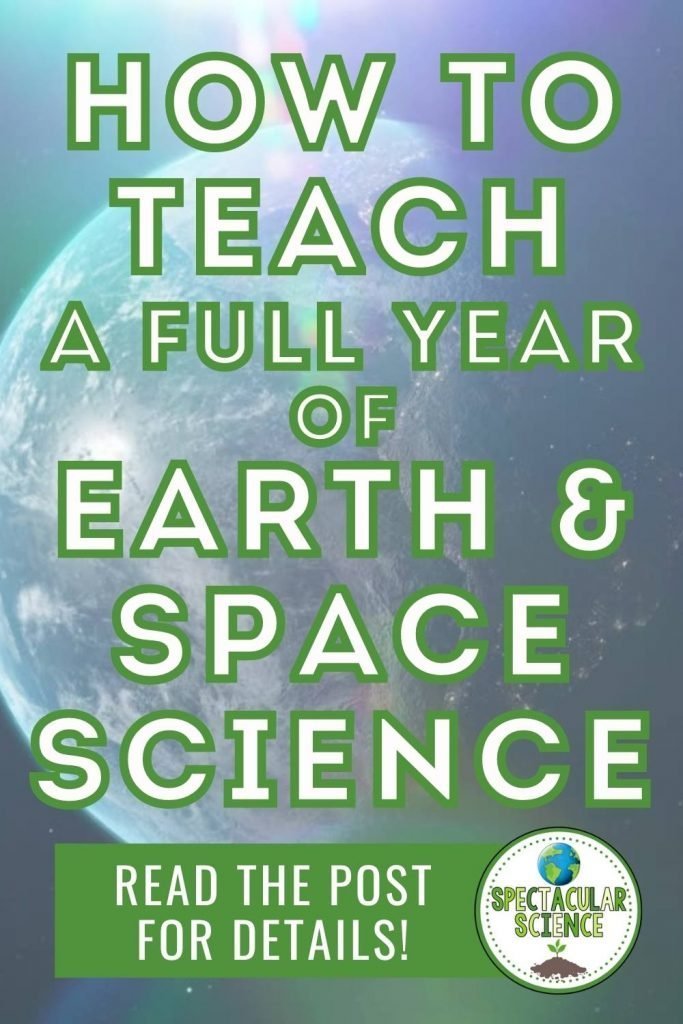
A Final Word on Teaching Environmental Science
Whether you’re teaching Envi Sci for the first time or the 15th time there’s always something new that the course can offer the students in your class. To make your life easier grab your own copy of this incredible MEGA bundle, which is a great all-year resource filled with editable lesson plans, PowerPoint presentations, guided notes, activities, labs, projects, assessments, and answer keys! The activities are done for you with little to no prep and include a pacing guide and curriculum map to make the planning process as effortless and painless as possible!
Even if you don’t have the chance to teach a full year Environmental Science course you can still incorporate the big ideas into units in your other science courses. As a starting point, check out this post with 10 Earth Day Activities to Inspire Middle School and High School Students.

What do you think is fundamental for teaching environmental science? Share your ideas with other teachers in the comments below.








